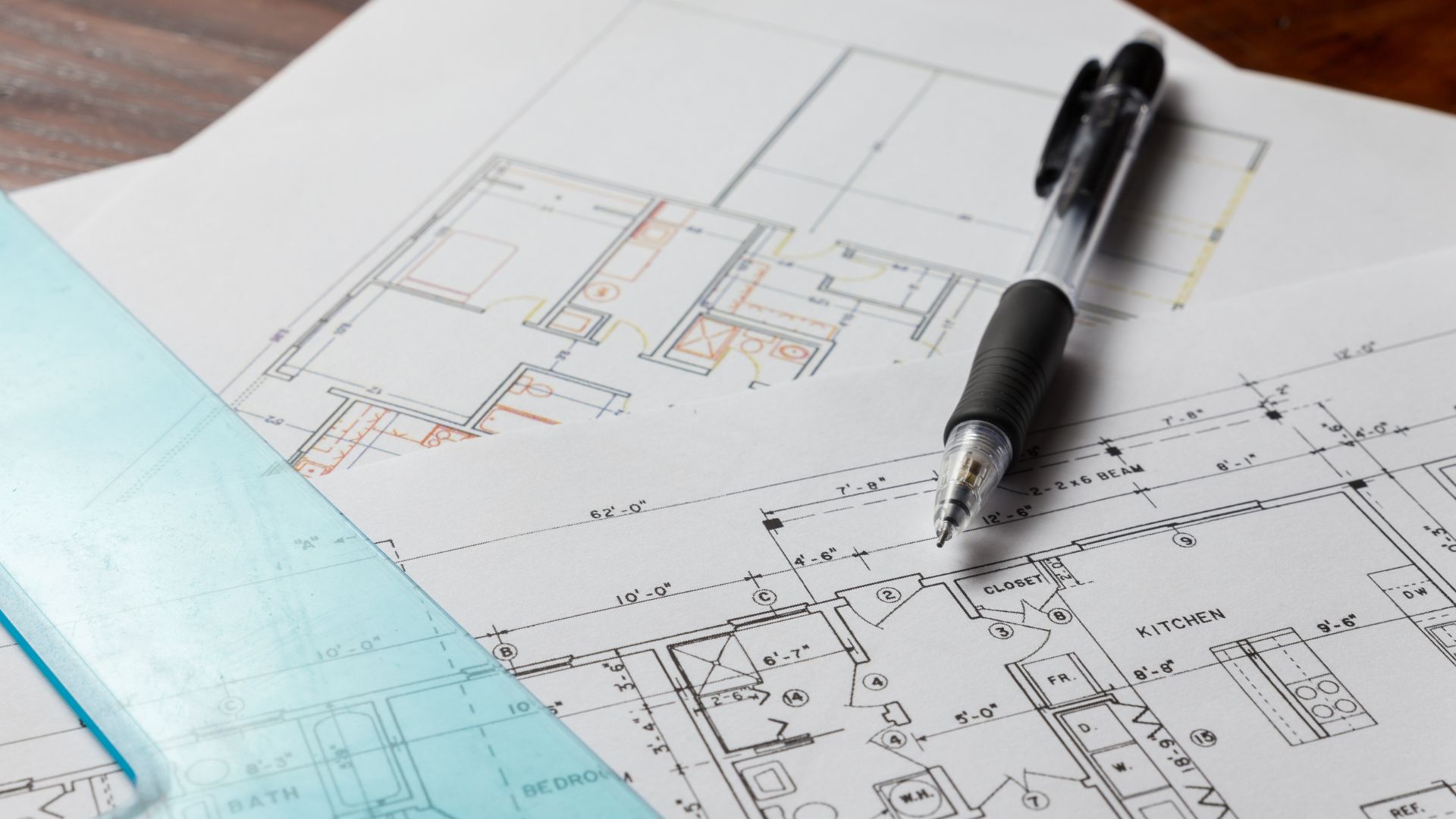One benefit of constructing a new home is that the floor plan can be created entirely from zero. You have the chance to design the ideal home for your family and way of life with the new house plan.
This is the ideal house plans checklist to help make sure you get it right the first time, including suggestions from industry professionals and guidance from previous purchasers.
Indeed, all house plans are great as long as they match your needs. Here are some things that you should consider in order to make your house plan the best:
Your lifestyle and floor plan should be compatible
The design of your new home should primarily be influenced by your style of living. If you have lots of guests coming over, you should definitely consider 3 bedroom house plans instead of 2 bedroom house plans. Don’t place the guest toilet, for instance, on a different floor or in the family bathroom if you frequently have visitors. Make sure that any outdoor area is freely reachable from the living area and not through a private setting like a bedroom, utility room, or home office.
Form Versus Function
On paper, a plan could appear flawless, but once you settle in, flaws can surface. For instance, if your kitchen is situated too far from the front or side entry, you will have to take your weighty goods a considerable distance inside the house. Try to picture yourself doing your daily activities in your new environment to identify any potential functional difficulties and make sure your layout works properly.
You shouldn’t ignore how you utilize your space
Despite a functional arrangement, a bad feeling can result from not considering how you use the area. When watching television, for instance, situating the path from your living room to the kitchen between the couch and the TV will obstruct your line of sight.
Don’t make poor use of space
A few extra centimeters lost in one place might have a big impact in another, even in a bigger house. One good illustration of this is hallways. Keep them to a minimum even though they could be both functionally necessary and aesthetically pleasing for fire security concerns. Your living room or bedroom will benefit greatly from the extra room you create.
Create enough storage
A frequent and frequently expensive error is failing to include both the appropriate amount and kind of storage. No architect or planner is better qualified to determine what you intend to store than you are, and the type of storage depends on your lifestyle. Being active in the design process for storage is vital since you might need to put bicycles near the front door or children’s toys in the living room. Adequate storage is critical since it will enable you to prevent clutter, creating a more organized, secure, and tranquil environment.
Don’t postpone thinking about furniture
Keep in mind that fewer walls mean less room against which to lean furniture and display paintings. Early in the design phase, make a layout plan with scaled furniture sketched on it to help you prevent annoying and expensive mistakes.
Once you take all of these things into consideration, you can be sure that your chosen house plan will be the best one for you!

